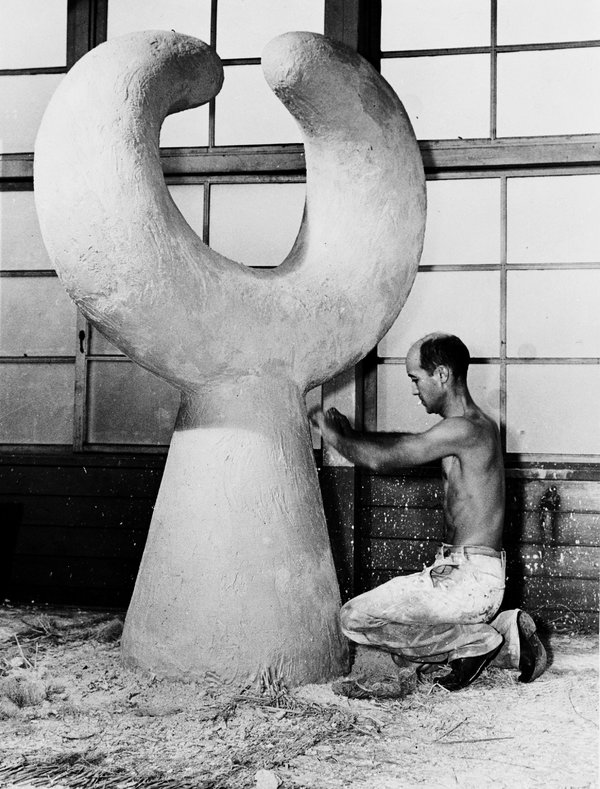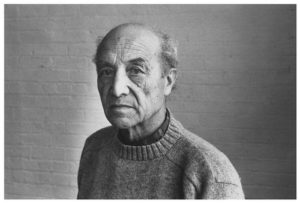
1904 - 1988
Isamu Noguchi

description
An American sculptor and designer of Japanese descent. Isamu Noguchi was one of the most prominent and famous sculptors of the twentieth century in the United States. Throughout his life, he was engaged in art experiments, created original sculptures, design of furniture and ceramics, architectural and landscape projects. His extraordinary and bold style combined traditional and avant-garde elements, setting a new standard for contemporary art.
Noguchi did not lose touch with his historical homeland and spent a lot of time in Japan, opened a studio there. The artist regularly traveled around the world. The harmony of Japanese gardens and ceramics, the subtlety and grace of Chinese calligraphy, the gracefulness of Italian marble sculptures, the monumentality and brilliant simplicity of the art of the Indians of ancient America were reflected in his work.
The sculptor’s work was widely appreciated in the United States in 1938 after he created a large sculpture symbolizing freedom of the press for the Associated Press building in New York. This work was the first of many public facilities installed in various cities around the world. The works of Isamu Noguchi, from children’s playgrounds, city squares and squares to complete garden complexes, reflects his faith in the social significance of sculpture, which makes art accessible to everyone.
Key ideas:
– The sculptor used a wide range of materials: stainless steel, marble, cast iron, wood, bronze, sheet aluminum, basalt, granite and natural components such as water and sunlight. Noguchi chose the material depending on the idea of the sculpture, the size of the work, and the place where it was supposed to be installed.
– The turning point for the entire creative career of Noguchi was the day when he saw works of Konstantin Brancusi at one of the New York galleries. Inspired by the ideas of the great master, the young sculptor went to Paris, where he worked at the studio of his idol for one year. Due to the influence of Brancusi, the art of Isamu Noguchi acquired an abstract sound, while maintaining its special symbolism, lyricism and aura of mystery.
– Noguchi’s creativity is distinguished by a surprisingly harmonious combination of the most diverse styles and forms, a variety of ideas and themes. In his sculptures, he managed to combine geometric and organic shapes, traditional Japanese aesthetics with modern American symbols and create works that defied the generally accepted boundaries of design and fine art.
– The name of Isamu Noguchi is inextricably linked with Abstract Expressionism; this is confirmed by the strong expression of his works and friendly relations with many representatives of this movement. Nevertheless, the sculptural compositions of the master are based on natural forms and represent a peculiar combination of surreal and Japanese influence.
– The sculptor strove to make his art not only aesthetically beautiful but also practical, functional and useful for society. That is why he created the design of furniture, lighting devices and other things needed in everyday life, and also initiated many social projects for the construction of playgrounds, fountains and parks.
1904
1917
1924
1927
1929
1931
1942
1951
1962
1970
1988
Isamu Noguchi was born into a mixed family
To get an American education, he moved to the USA
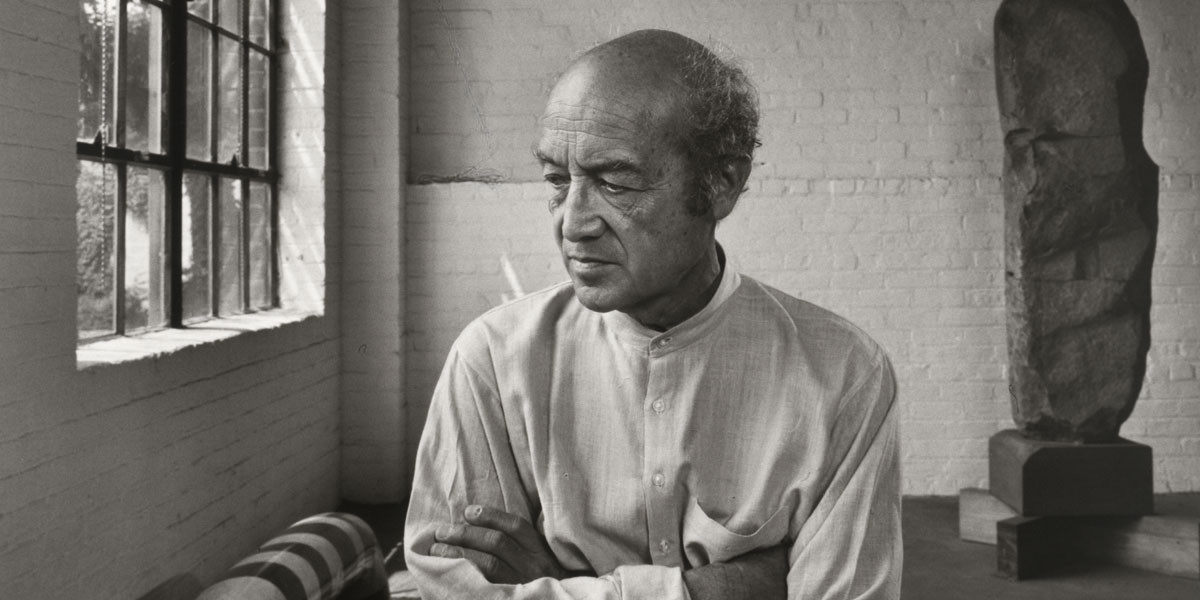
Started to study sculpture at the art school of Leonardo da Vinci
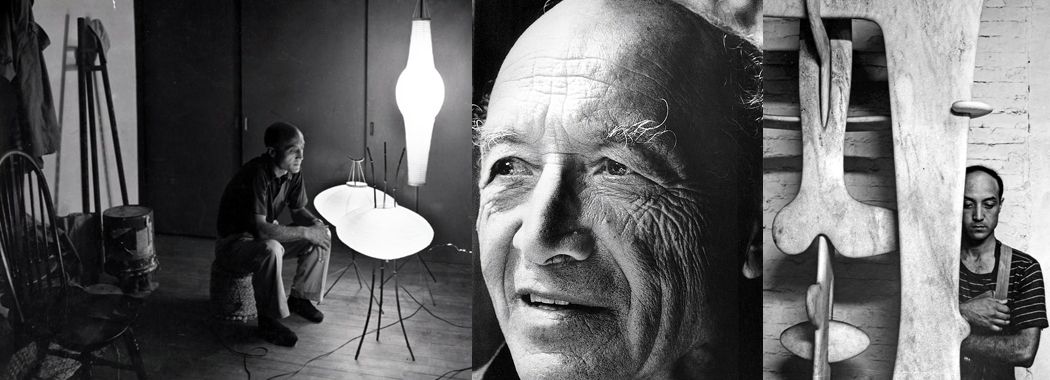
He studied at the Academy of Colarossi
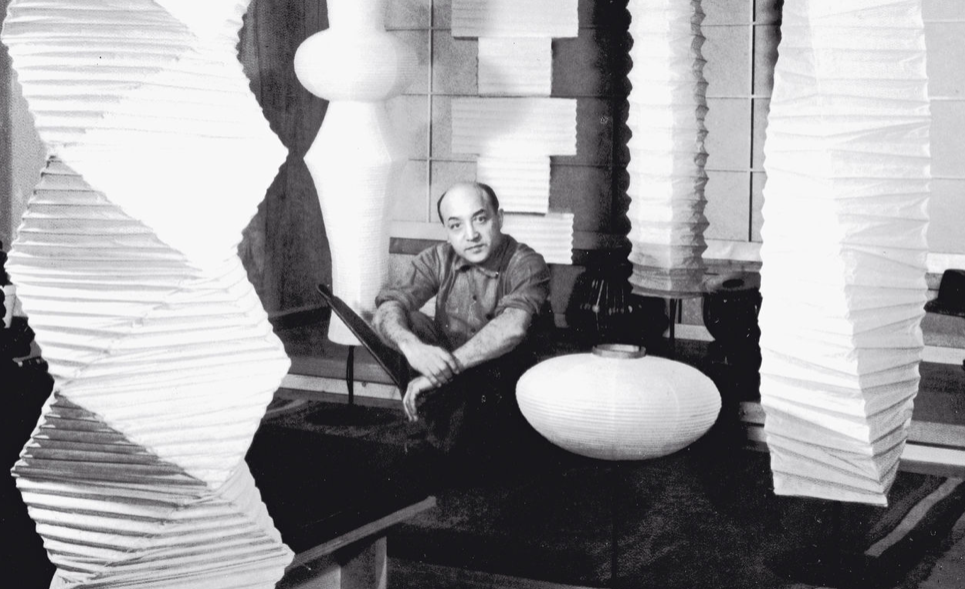
Returned to America
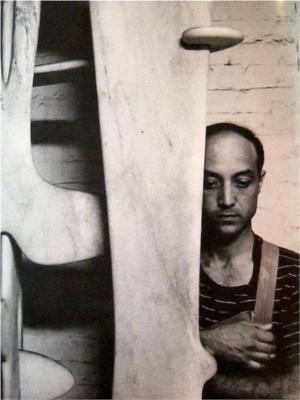
Noguchi began to engage in monumental sculpture

Voluntarily went to the Arizona internment camp

He began to create lighting fixtures and furniture
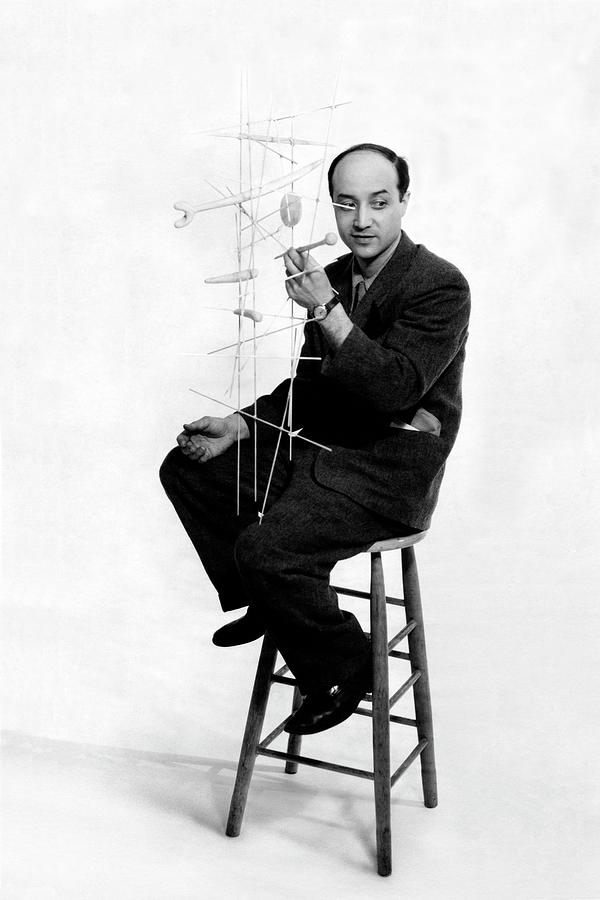
Spent a long time in Italy
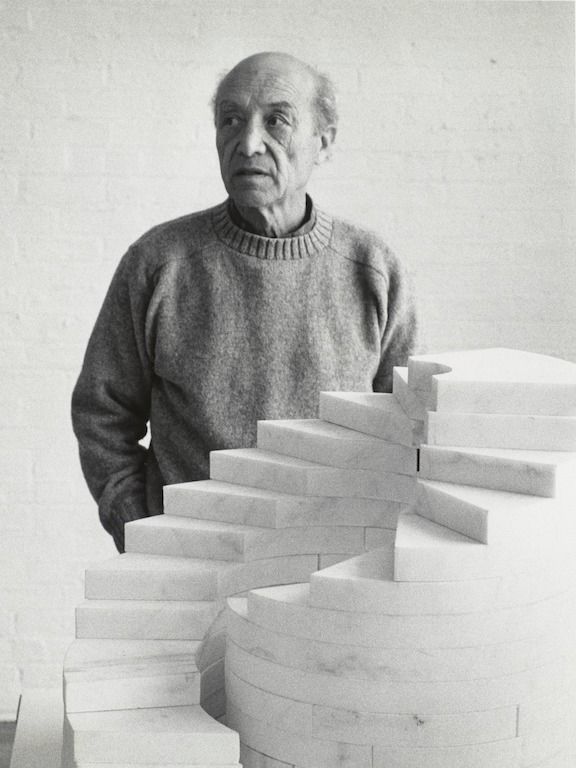
Moved to Japan
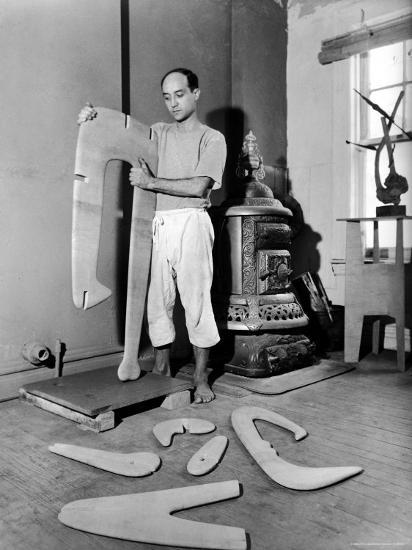
The death of the artist
